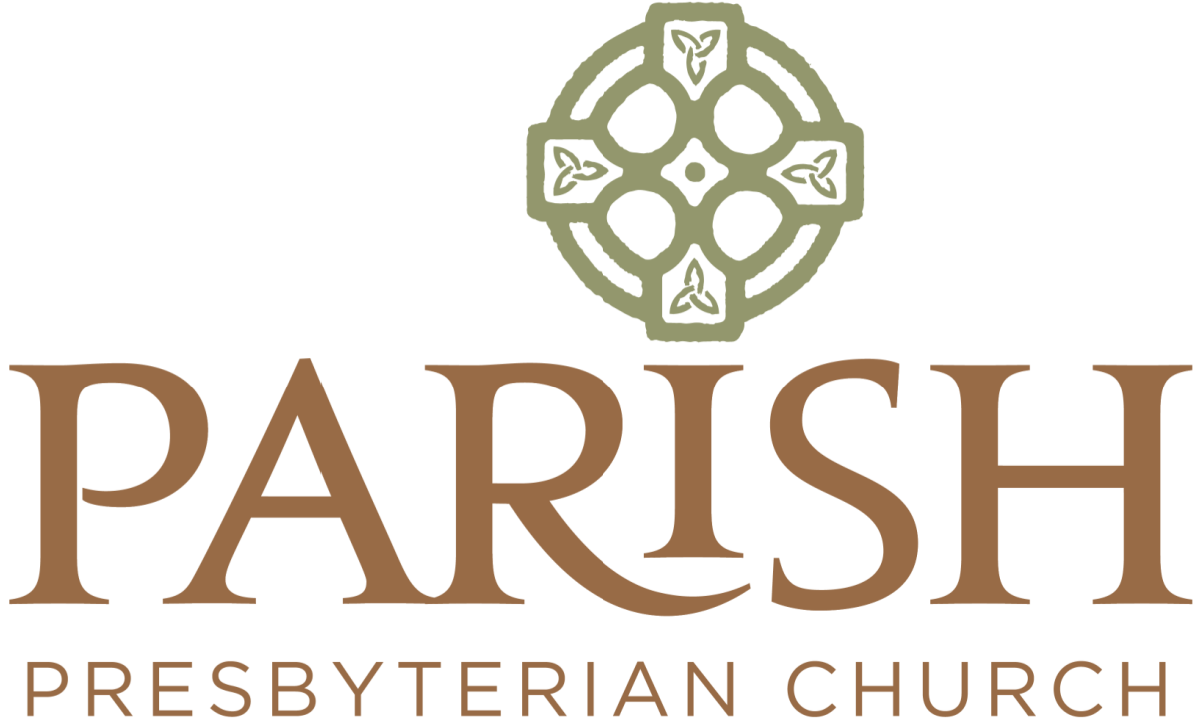The simple text, “Lord, have mercy. Christ, have mercy. Lord, have mercy,” each repeated three times, has been used in the worship of the Christian church since at least the 2nd century A.D. Loosely based on the prayer of the tax collector in Luke 18, it was so widely known that in the middle ages, when most of the liturgy in the Western Church was standardized into Latin, it was retained in the original Greek (“Kyrie, Eleison”). Countless musical versions exist, from Gregorian Chant in the medieval period, to polyphonic settings in the Renaissance, and even in concert pieces like Beethoven’s Missa Solemnis and Verdi’s Reqiuem. The Clovercroft Kyrie which we’ve been learning this season begins with the men alone singing a somber minor key melody, who are joined in the second phrase (“Christ, have mercy”) by the women in imitation. While the end of each of the first two phrases suggests the key of G minor, in the final measure the men resolve instead to a major chord, while the high women’s voices enter with a lovely, decorative gesture. This resolution is intended as a picture of the resolution we are promised in Christ— “If we confess our sins, He is faithful and just to forgive us our sins and to cleanse us from all unrighteousness” (1 John 1:9). —Henry C. Haffner
Key Words: Sheep, Scattered, Rooster, Cup, Betrayed, Fulfilled
Keystone Verse: Let the Scriptures be fulfilled. (Mark 14:49)

